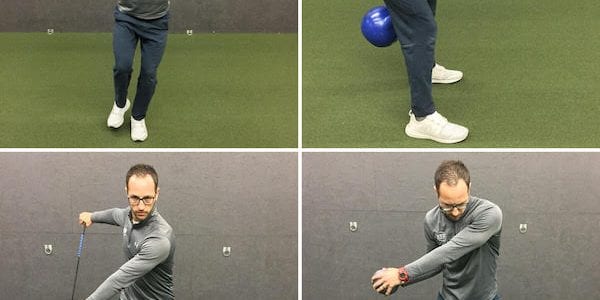
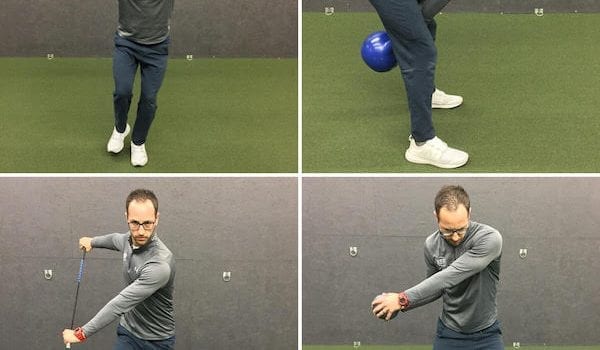
5 Best Steps to Golf Conditioning
High School GolfLEVELUP INSIDERS February 16, 2018 Joe Rosenthal 0

Who wants to hit the golf ball shorter? None of us, right? We are always looking for ways to lower our handicap and hit longer drives! We take swing lessons, buy new clubs, spend absurd amounts of money on gadgets. To be honest, we’ll do anything to play better golf. Here’s my answer to the question; my Best Steps to Golf Conditioning is a 5-part series exclusively for SportStars. Lets jump right in!
What is Golf Conditioning? Part 1 of 5 by SportStars INSIDER, Joe Rosenthal
What else is out there to make this great game a little more enjoyable?
You don’t have to look far, you live in it all day long. The answer is your own body. If you think about it, your body is the most valuable asset you own. If you’re hurt, sick, or can’t move well, you won’t be able to get much accomplished.
And that goes for playing golf well too!
This 5 part series will explain what golf conditioning is and how warm-up and cool down, stability, mobility, strength, and power can enable you to be happier and more successful on the golf course.
Lets Tee Off with Warm-Up and Cool Down 101:
Most of us know we should probably warm-up our bodies before we hit the links. How many of us really do it though? Or if we actually warm-up, do we know what we’re doing?
What about cooling down after a round or workout? There are countless studies illustrating that warming up and cooling down properly will increase our performance and help prevent injury.
How do we do it correctly though?
We start by performing what is known as a dynamic warm-up; Dynamic meaning moving and warm-up meaning to heat different types of tissue.
This is an umbrella term for getting the body ready for an activity. The dynamic warm-up will mainly prepare 3 things for us before we go play or hit the range:
- Activate the muscles by increasing blood flow and heating the body’s core temperature
- Warm and lubricate the joints that are important for the desired movement
- Stimulate the nervous system for greater kinesthetic awareness (coordination)
That’s what a dynamic warm-up is, so now lets dive into the different types.
For the most part, there are 3 ways to warm-up the body while performing a dynamic warm-up. These should all be done together in one comprehensive set of moves.
- Activation
- Mobility
- Movement Preparation
When performing activation moves we are looking to “turn on” large groups of musculature that will allow us to move more efficiently.
An example of this would be activating as many core muscles as possible by performing a lateral walking plank.
The second way we can warm-up is through mobility moves. The goal of warming up through mobility is to activate the body by stimulating strength, stability, balance, and coordination receptors.
We accomplish this by moving through as large a range of motion in a certain joint as we can without compensating. An example of this would be hip circles without using the low back muscles.
Lastly, we should finish our warm-up through movement preparation.
This is just how it sounds, perform movements that get our bodies ready and prepared for our designated activity. As golfers, movement through the hips, core (thoracic spine), and shoulders are extremely important.
A great movement preparation before a round of golf would be jumping jacks or seal jacks.
We are now ready for our round or practice session, all before even picking up a golf club.
Now the question is; what to do when the round is over?
This is when we need to cool the body down and allow it to recover properly after activity.
The easiest way to cool down is through static stretching the muscles we just used. The goal of static stretching is to increase the range of motion in the joint. This is necessary after activity due to repetitive use of the muscles creating tightness or restrictions.
An example of a static stretch after golf would be a seated thoracic rotation.
Make sure to hold for at least 30 seconds per side on all stretches.
Joseph Rosenthal CSCS, TPI
(925) 997-4360
Kinect Sport & Fitness
[bsa_pro_ad_space id=1]

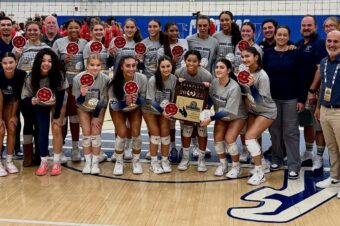
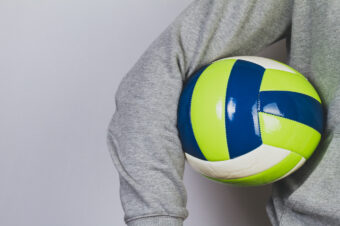
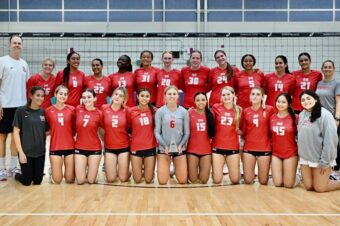
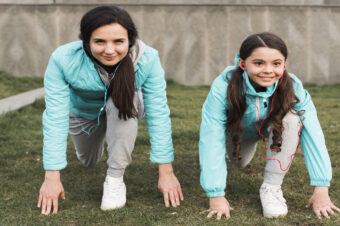

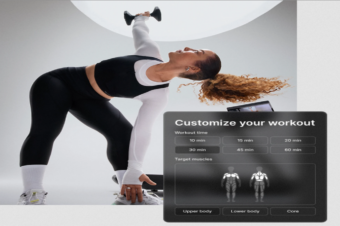
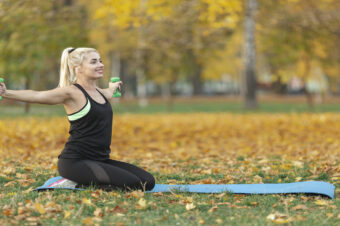
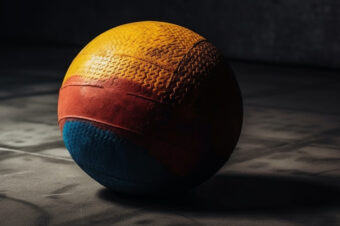
No comments so far.
Be first to leave comment below.